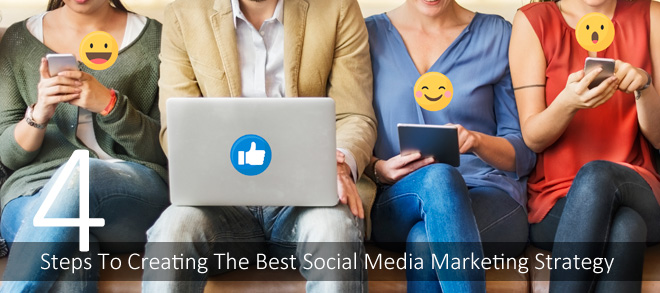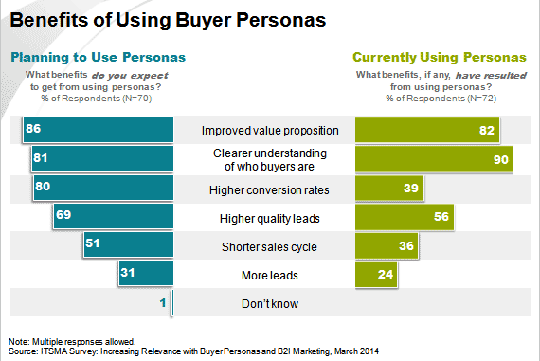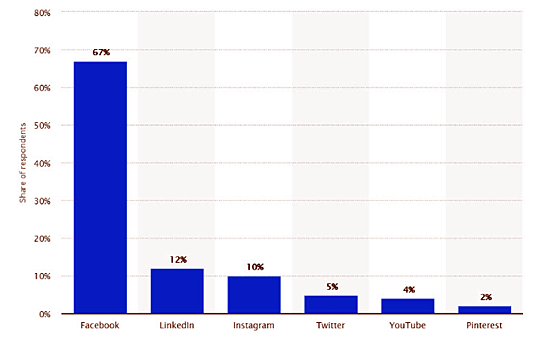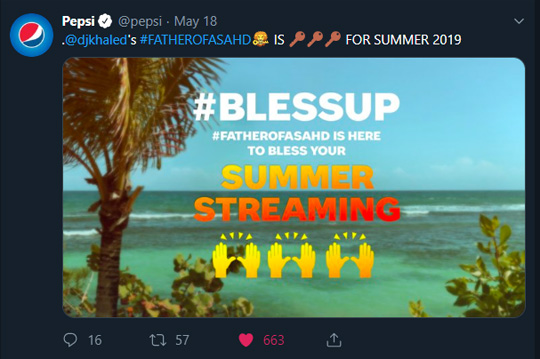What makes a successful social media marketing plan?
Besides being clear, concise, and measurable, your plan must also outline the goals you have for the year and how you manage to achieve them.
Too many companies get into social media marketing on an ad hoc basis. While they’re aware of social media being an effective way to reach more audiences, they just don’t understand what needs to be done.
Some businesses give access to their brand social accounts to one of the junior staff members—merely because they’re young, so should understand all about social media.
However, we’re well past a social media strategy of post and hope in today’s competitive world. Companies need to build a strategy and operate their business social accounts in a rather thoughtful, strategic way.
If you don’t have your strategy measured, you risk the danger that your competition will. As a result, they’ll gain more market traction and exposure than you.
71% of customers who’ve had a good social media service experience with a business are likely to refer it to others. And yet 96% of people who discuss brands online don’t follow the profiles of those brands.
Even if you appreciate the magic of influencer marketing, you still have to manage some social accounts yourself. The goal of influencer marketing is often to direct visitors to your social media channels.
So, think of influencer marketing as merely an extension of your brand’s social marketing strategy. Click to learn more about influencer marketing.
Here are four easy steps to help you produce an ambitious yet effective social media marketing strategy.
Step 1: Inspect Your Previous Social Media Performance
Before you start considering your new social media strategy, it’s important that you obtain a better understanding of your company’s social media performance in the previous year.
If you take a look at the metrics from all social media channels, you’ll find where and how you’ve generated leads, pushed social follows, driven traffic to your site, and increased conversions.
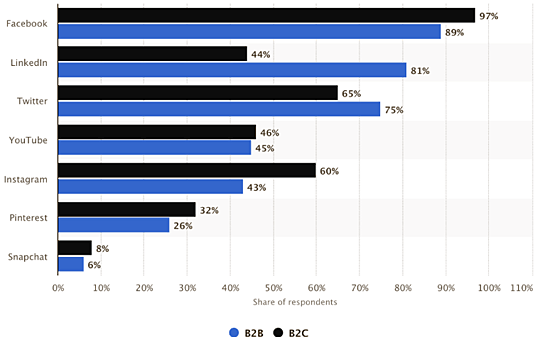
You need to align these results with the targets you set for the previous year. While a higher number of likes and shares of a certain campaign you previously ran may look appealing, you still need to make sure each campaign is gaining its specific predefined objectives ultimately.
Tracking social media metrics regarding your company’s goals will enable you to monitor whether or not your social performance has been successful in terms of Social Media ROI.
Once you’ve fully examined your social performance, you’ll have an in-depth understanding of your last year’s successes and failures. Now, you can plan an actionable social marketing strategy utilizing all that information.
Step 2: Create Audience Personas
Whatever business you run, your audiences will be made up of different groups of people. Your job is to find out who these different audience groups are, what content they’re engaging with, and which social media channel they all hang out on.
Next, create a persona for each of your audience groups.
This will help you to identify who your followers are. 90% of brands that use audience personas say they’ve led to a better understanding of their customers.
You can use the insights obtained from your audience personas to tailor your social media marketing strategy. This will also help you to create effective strategies, ensuring you engage with all of your target audiences on social media.
Furthermore, audience personas can inform content creating, ad targeting, marketing campaigns, and more to ensure conversions against your targets.
Step 3: Determine Distribution Channels And Right Times To Post
It’s recommended that you define your key distribution channels and identify your strategies for each of them.
In 2018, Statista identified the most crucial social media channels for marketers across the world. As the graph below shows, Facebook was the most effective social media channel for 67% marketers, with LinkedIn being 12%, Instagram at 10%, Twitter at 5%, and Pinterest at 2%.
However, even though these generic stats help provide a bigger picture, understanding how your own business and its audience interact on social media is much more useful.
Research will show which social media platforms your target audience is most active on and engaged with your brand, helping to identify where to focus the majority of your resources.
Find Out the Purpose of Different Social Media Channels
- Facebook—sends out a lot of traffic; in fact, more than any other network. It’s geared toward entertainment and news, so you need to produce light and entertaining content. Also, video content performs the best here—optimize your videos.
- LinkedIn—a professional network where industry articles, important data, and short, clear-cut sentences go a long way.
- Twitter—more like a news platform, which is why curation and retweeting is highly encouraged here. You might also want to focus on trending topics and hashtags.
- Instagram—a well-suited platform for visual brands. Pictures, short videos, and call-out quotes are doing well here. Make sure you have the right Instagram profile picture size to attract more viewers.
- Pinterest—this is great for visual bands as it is completely targeted toward imagery. Most people tend to look for inspiration here.
Identify the Right Time to Post
Disclaimer: The data below has been collected from a huge variety of sources that allowed us to determine the top days and posting times on different social media channels. This is just to give you an idea. You’re advised to do additional research on your own. With that said, let’s take a quick look at them!
- Facebook—Wednesday, Thursday, and Friday are the best days to post with the right time being 12 to 4 pm.
- Twitter—Monday, Tuesday, Wednesday, and Thursday are the best days to post while the key time is around 12 pm.
- Instagram—Monday, Wednesday, Thursday, and Friday are the best days to post, and the key time to post is 11 am to 1 pm.
- LinkedIn—Try to post between 5 and 6 pm on a Tuesday, Wednesday, or Thursday.
Step 4: Run Promotions For Your Products
After growing a decent amount of following, social media promotions can be a great way to get your products in front of a bigger audience and generate sales.
Before you start spending money on advertising, try posting a timely and attractive offer to your social media channels. Make sure to use an appealing image to draw more visitors in.
Your social media promotions should be compelling and easy to act on. If the sale is running over a few weeks, it’s also okay to post about it several times. Urgency is a crucial element of a successful promotion. Make sure to post about your sale, especially in its last 24 hours.
Test your promotions on a regular basis to see which results in the most sales. Just be sure to keep that 80/20 split—with 80% of your content focused on ensuring value and 20% promotional. That way, customers won’t feel inundated with your sales-driven content. Instead, they’ll be more than willing to buy from you.
Wrapping Up
Social media is widely used to increase brand awareness and inviting consumer engagement and activity.
However, we all know that the social landscape has become extremely competitive, and using platforms like Facebook and Instagram to reach your consumers organically has also become nearly impossible—this makes it crucial to pay for mobile advertising if you want to succeed.
As the use of mobile devices continues to climb, a targeted push notification strategy may just be your answer.
Push notifications are a universal ad format that works with any type of service, product, and CPA offers. You can use them to inform your clients of the latest products, features, news, and other relevant updates.
Adding push notifications to your marketing strategy can be a smart move for your brand to continue growing. Customer engagement will benefit your sales in the long term.
Remember, building trust with your clients ultimately turns them into buyers.
If creating a social media marketing strategy seems like a daunting task, consider taking one step at a time. You don’t necessarily have to do everything all at once. If you take the time to come up with a plan with clear goals, a consistent schedule for your content, and regular analysis, you’ll create a group of audiences who will be eager to buy your products.
[Main Image by rawpixel.com; other images from respective social media platforms of the companies]
David is the CEO of TaskDrive, the company provides sales development as a Service (lead research, inbound and outbound SDRs)
